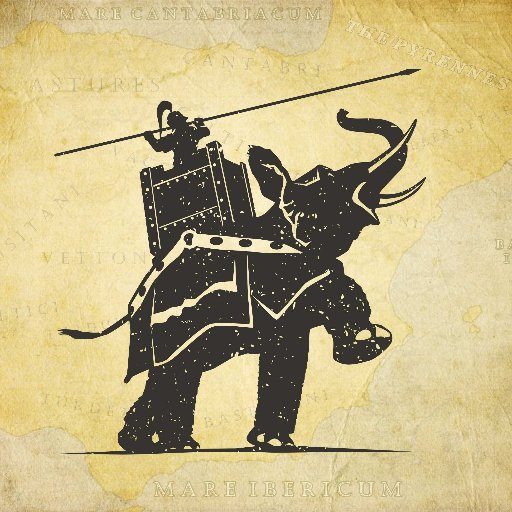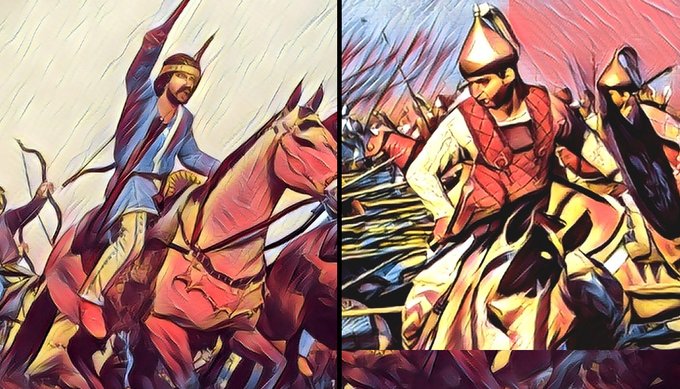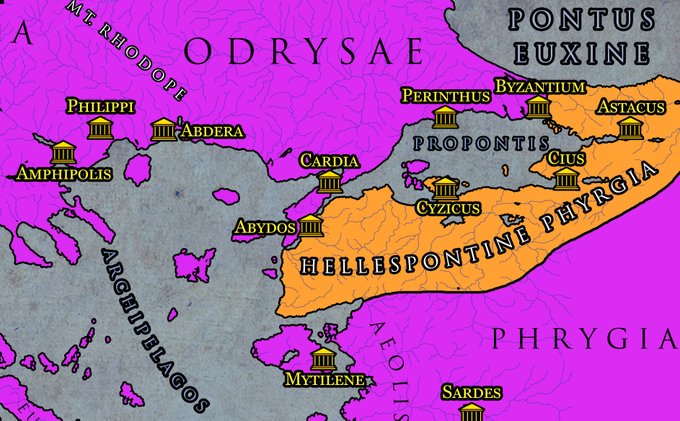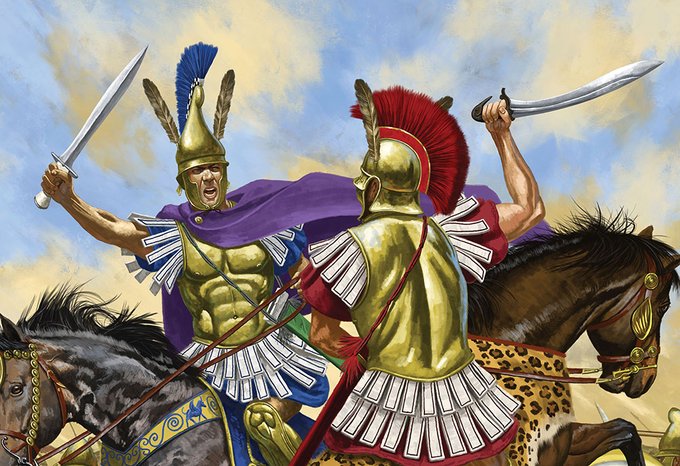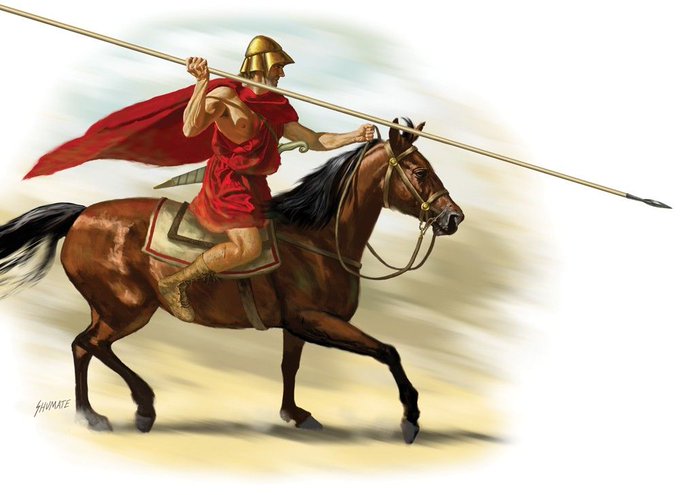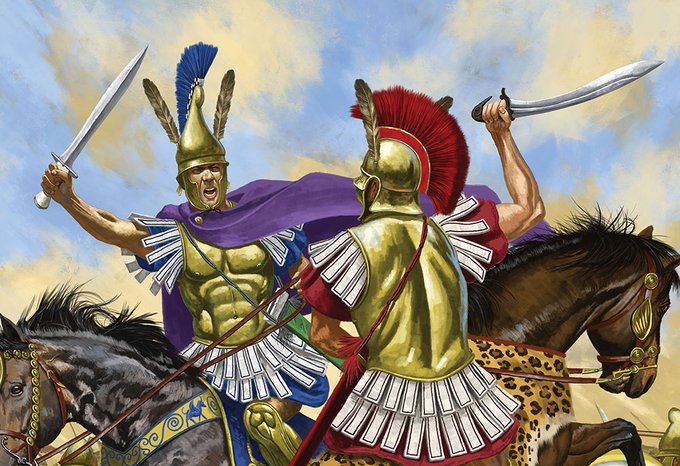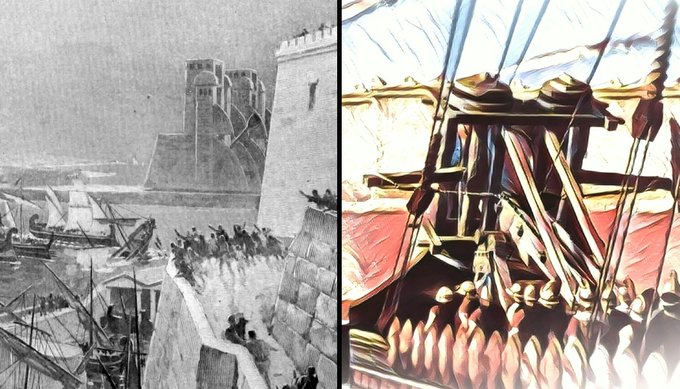By 323 BC the number of Asian battalions in Alexander the Great's army far outnumbered the Macedonian contingents in size and strength. Among them were some of the finest cavalrymen in the whole of Asia, hailing from noble Oriental families
Artwork by © Johnny Shumate
Inhabiting the rugged lands northwest of the Corinthian gulf, the Aetolians had a history for being unruly – defying the Macedonians for several decades during the late 4th and 3rd centuries
The satrapy of Hellespontine Phrygia. This region was of vital, strategic importance as it controlled the Hellespont (Dardanelles), the gateway between Europe and Asia
So it was that Macedonia, her leaders split between warring factions, armed herself to stab her own vitals, turning her sword from war against a foe to shed the blood of countrymen, and ready, like the insane, to lacerate her own hands and limbs - Justin on the 1st Successor War
The First War of the Successors was marked by a fierce rivalry between Eumenes and Neoptolemus. They had started the conflict as allies; the latter then betrayed the former; they fought two battles against each other, the last of which was marked by a homeric duel. Eumenes won
Scholars debate whether Philip’s Companions also had a small shield like the pelta of his Macedonian infantrymen. Whether this is the case or not, it appears they discarded it by the time of Alexander’s crossing into Asia in 334 BC
Artwork by © Johnny Shumate.
So it was that Macedonia, her leaders split between warring factions, armed herself to stab her own vitals, turning her sword from war against a foe to shed the blood of countrymen, and ready, like the insane, to lacerate her own hands and limbs - Justin on the 1st Successor War.
At the sieges of Halicarnassus and Tyre for example, we hear of highly-destructive torsion stone-throwers called petroboloi being used in Alexander’s army. These devastating machines could either be wheeled or wheel-less and could be placed on land, on siege towers and on ships
Against all the odds, in late 321 BC the Aetolian League successfully resisted invasion from a huge Macedonian army, the world superpower. Where the likes of historic city-states such as Athens and Sparta had failed, the Aetolians had triumphed
📖 https://t.co/s19WXmejU9
Each cavalryman in Philip II's Macedonian army would have 1 servant, while for the infantry there would be 1 servant for every 10 Macedonians. They carried hand mills for grinding grain, guy ropes for both bridge building and rock climbing and their own bedding and rations
